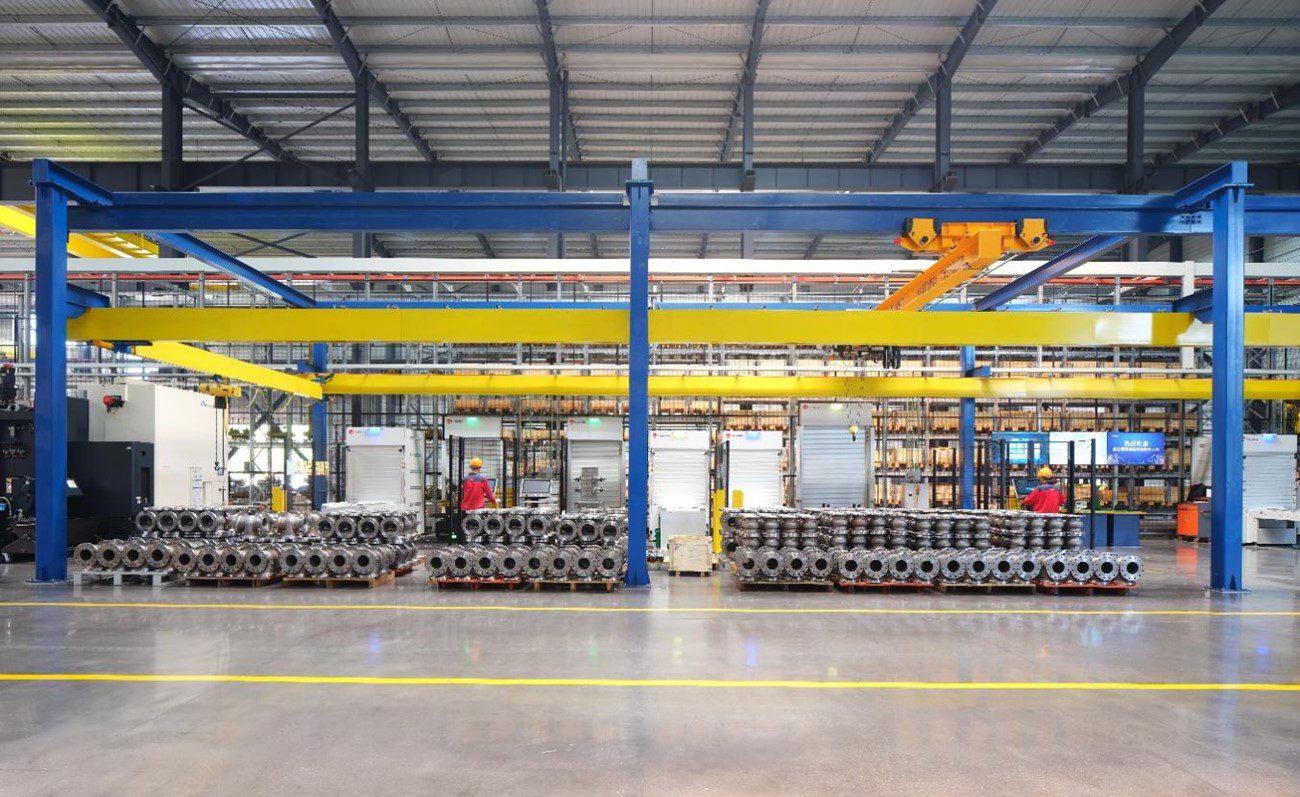
Automation and the Corporate Sustainability Reporting Directive (CSRD)
How Can Automation help building CSRD compliance?
This page explains how intelligent CNC automation can help with the CSRD compliance by connecting the sustainability supporting factors of automation with the relevant sections of the CSRD. Here’s For more information on how automation can help with manufacturing sustainability at large.
The Corporate Sustainability Reporting Directive (CSRD) is a new EU-level legislation that requires companies to report on sustainability topics determined relevant to them through the double materiality assessment: both companies own operations and the impact of their products and services must be assessed. The goal is more transparent and comparable sustainability reporting.
The reporting will consider all aspects of the ESG, standing for environment, social and governance. It enters into force in steps during 2025-2027, depending on the company size. Small-to-medium sized manufacturers might not be directly affected at first. Nevertheless, the larger OEM’s reporting needs will spread thought the value chain, highlighting sustainability reporting and compliance for companies of all sizes.
Below is a summary of the mechanisms, followed by a detailed table connecting the CSRD sections with the sustainability enabling factors of automation:
- Automation can support you with data and metrics needed in the CSRD reporting. One of the most important requirements for a manufacturer is to begin measuring and reporting the carbon footprint of their produced parts. MMS 8.2 measures and reports the machine tool energy consumption per each NC program, allowing the manufacturers calculate the energy usage in part level. The information can also be utilized to adjust the inefficient NC programs, or running certain parts overnight when the electricity demand is lower.
- For minimizing unnecessary energy usage, the new “Auto-Power On/Off” function of MMS 8.2 turns machine tool off automatically when there are no planned NC-programs to run. With the automatic wake-up function, the machine starts and warms up before by the next NC-program begin time.
- Automation takes full use of machine tool capacity, reducing required machinery and the emissions around production capacity investments.
- Fewer machine tools need less space and automation systems store parts and raw materials vertically. In greenfield investment, this means saved building and heating costs, and in brownfield only the heating.
- Automation improves quality as it facilitates process standardization and removes potential for human error, meaning less scrapped material and energy.

AUTOMATION AND CSRD COMPLIANCE
| CSRD Section | Topic | How automation can help with data? | How automation can help reduce emissions? | Potential for emission reductions |
|---|---|---|---|---|
| Climate Change E1-4 | GHG reductions | Automation can report on own and production level electricity consumption | Automation improves quality, which reduces scrapped material and energy. Can also turn machine tools on/off. | 110 tonnes CO2e in Fastems example |
| E1-4 | GHG reductions on scope 1-2 | Reduce emissions around production capacity investments and required heating, impacting GHG scope 1&2 and can ensure that production capacity investment is in line with reported climate goals and actions | Smaller manufacturing footprint reduces heating consumption | 279 tonnes in Fastems example |
| E1-6 | GHG reporting on scope 3 | Reduce emissions around production capacity investments, GHG scope 3 | Smaller manufacturing footprint reduces building requirements | 386 tonnes in Fastems example (building) |
| E1-6 | GHG reporting S2 on scope 2 | Electricity consumption reporting creates compliance and enables reductions. Automation helps in providing product carbon footprints for their reporting needs | – | N/A |
| Resource use and Circular Economy E5-4 | Overall total weight of products and technical materials | Manufacturing reports for easy material calculations | Opportunity to improve material efficiency | N/A |
Contact us
Give us a call or send an email
Contact us
"*" indicates required fields